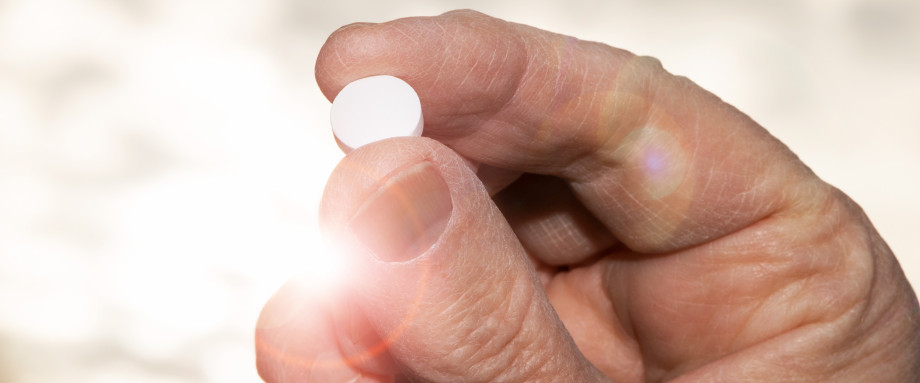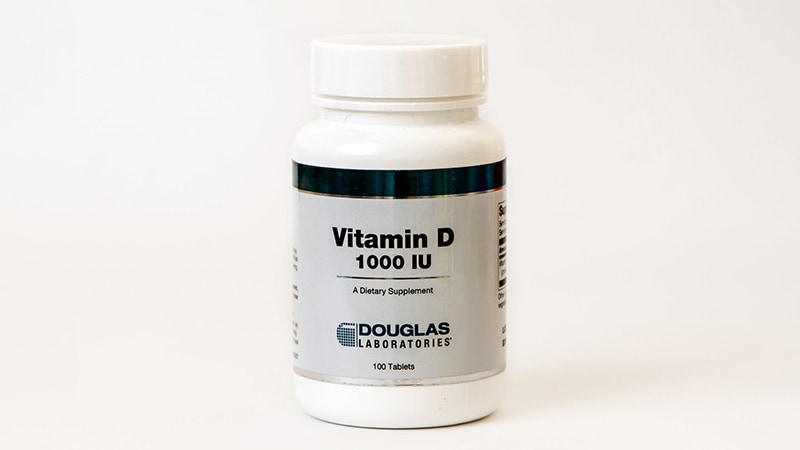The disclosure is unlikely to settle a heated debate about the pandemic’s origins, which has exacerbated tensions between Washington and Beijing
In May 2021, President Biden instructed U.S. intelligence agencies to examine the virus’s origins, based partly on their own classified sources of information, including about the Chinese government’s response to the outbreak. Intelligence officials previously reported that the agencies did not reach consensus, though most of them tended to favor the natural origins scenario.
The new report, which was required by law and released Friday evening, adds little to those earlier assessments, which remain unchanged, but it addresses some specific potential links that lab leak proponents have raised.
The report mainly focuses on potential connections between the pandemic and the Wuhan Institute of Virology, including collaborations between researchers at the civilian institute and the People’s Liberation Army, China’s military. The WIV was conducting extensive research on coronaviruses.
The intelligence agencies found that “some of the research conducted by the PLA and the WIV included work with several viruses, including coronaviruses, but no known viruses that could plausibly be a progenitor of SARS-CoV-2,” the virus that causes covid-19, according to the report from the Office of the Director of National Intelligence.








